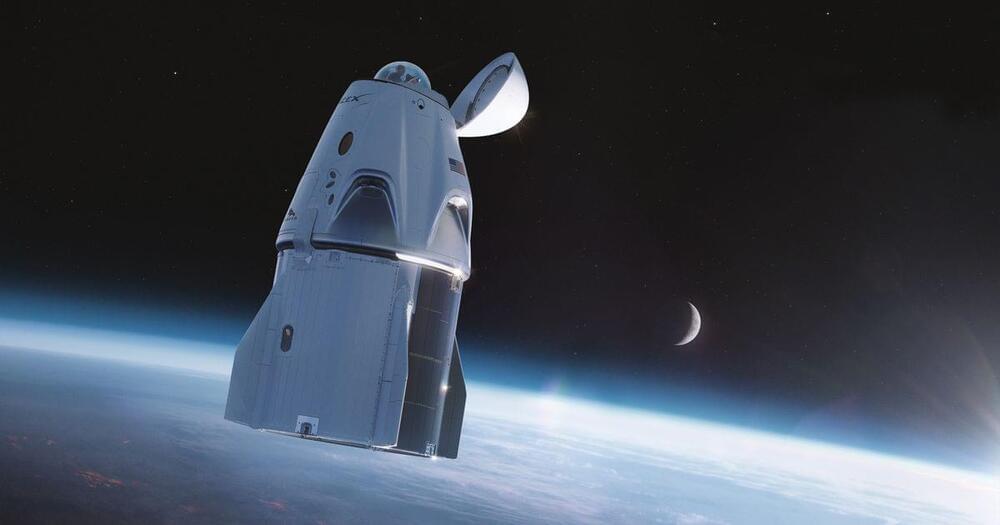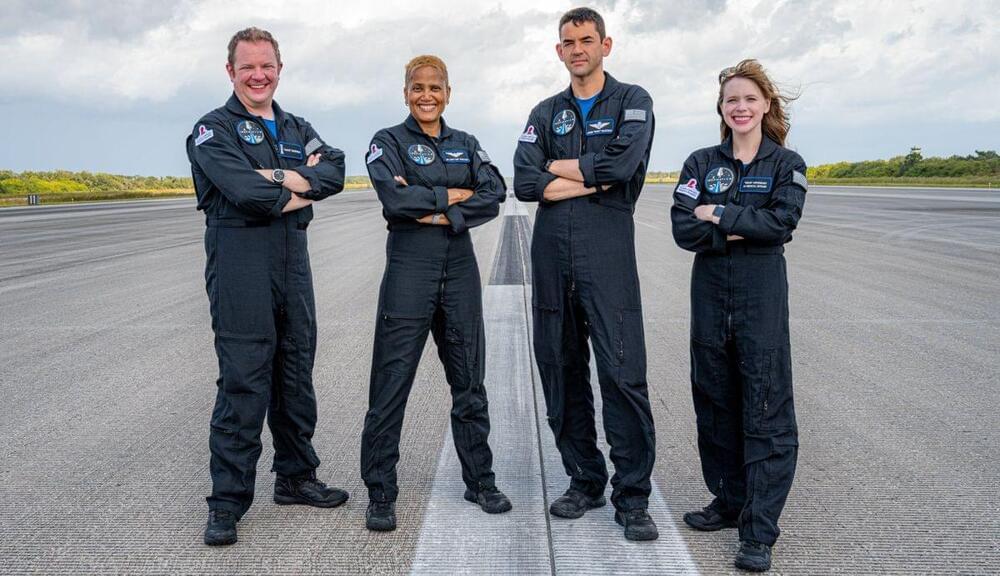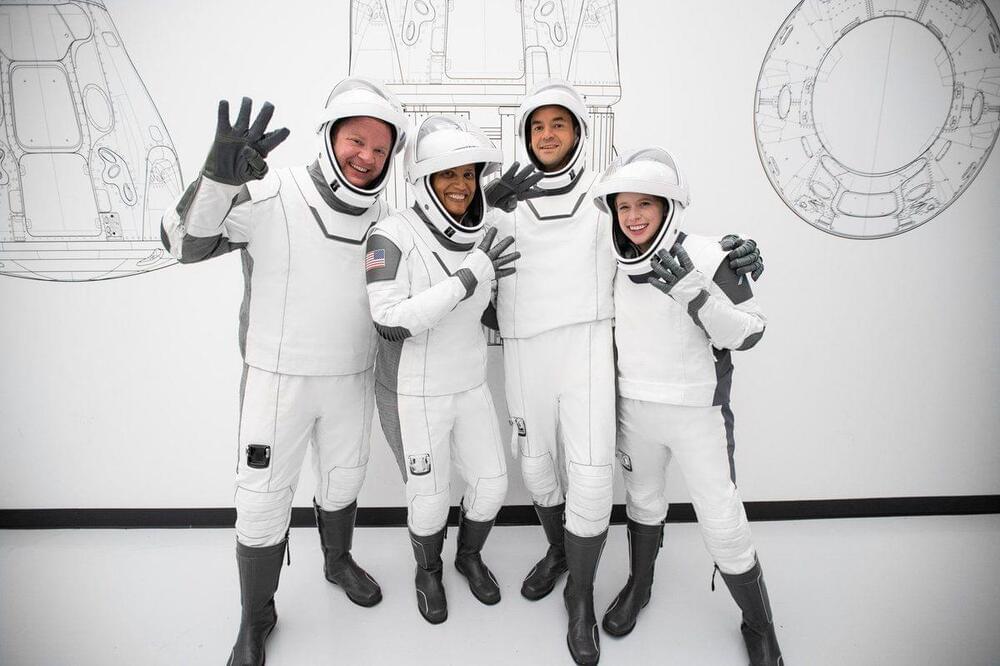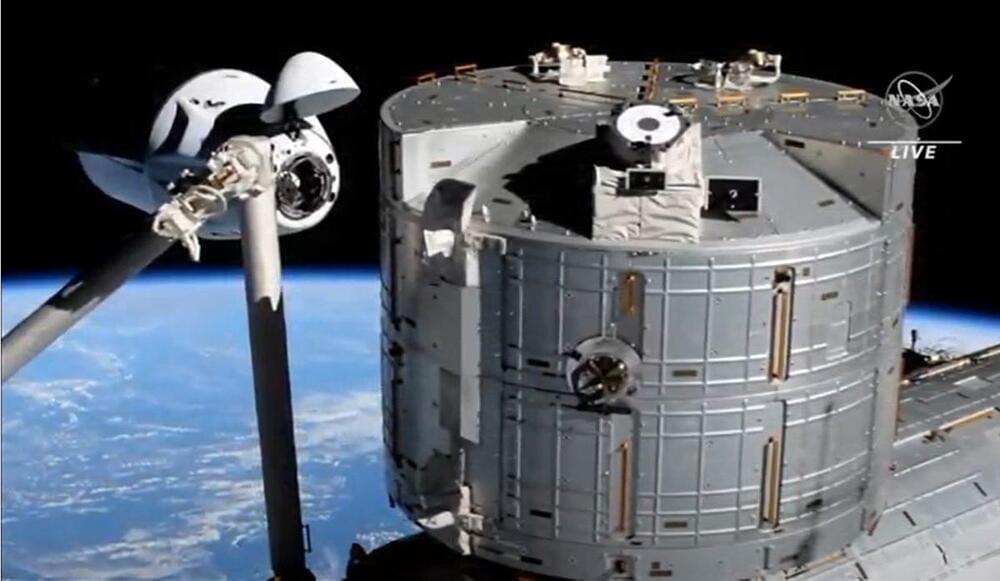Source: SpaceNews Date Published: 09/10/2021.
SpaceX is gearing up for its first purely commercial human spaceflight, but many details about the mission remain unclear.

Discover what makes Henson so great: https://bit.ly/3Dn1so3
Why the Tesla bot is the key to a Mars colony, and why Elon Musk’s SpaceX mission to build a colony on Mars needs the Tesla bot.
Last video: NEW Tesla Model 3 Now Available!
► Subscribe to our sister channel, The Space Race: https://www.youtube.com/channel/UCeMcDx6-rOq_RlKSPehk2tQ
► Subscribe to The Tesla Space newsletter: https://www.theteslaspace.com.
► Get up to $250 in Digital Currency With BlockFi: https://blockfi.com/theteslaspace.
►You can use my referral link to get 1,500 free Supercharger km on a new Tesla:
https://ts.la/trevor61038
Subscribe: https://www.youtube.com/channel/UCJjAIBWeY022ZNj_Cp_6wAw?sub_confirmation=1
🚘 Tesla Videos: https://www.youtube.com/watch?v=L9soIzuucBk&list=PL_4hhCaBkh…VvYNWbfQiq.
🚀 SpaceX Videos: https://www.youtube.com/playlist?list=PL_4hhCaBkhkJAOfZsqUnK…=1&index=1
👽 Elon Musk Videos: https://www.youtube.com/watch?v=iowsm7leEKo&list=PL_4hhCaBkh…DhtjC26hKN
Liquid-fuelled rocket engine design has largely followed a simple template since the development of the German V-2 rocket in the middle of World War 2. Propellant and oxidizer are mixed in a combustion chamber, creating a mixture of hot gases at high pressure that very much wish to leave out the back of the rocket, generating thrust.
However, the Japan Aerospace Exploration Agency (JAXA) has recently completed a successful test of a different type of rocket, known as a rotating detonation engine. The engine relies on an entirely different method of combustion, with the aim to produce more thrust from less fuel. We’ll dive into how it works, and how the Japanese test bodes for the future of this technology.




Time to light this candle.

SpaceX’s under-development rocket is set to soar, and a new render shows how the ship will look with the booster attached.